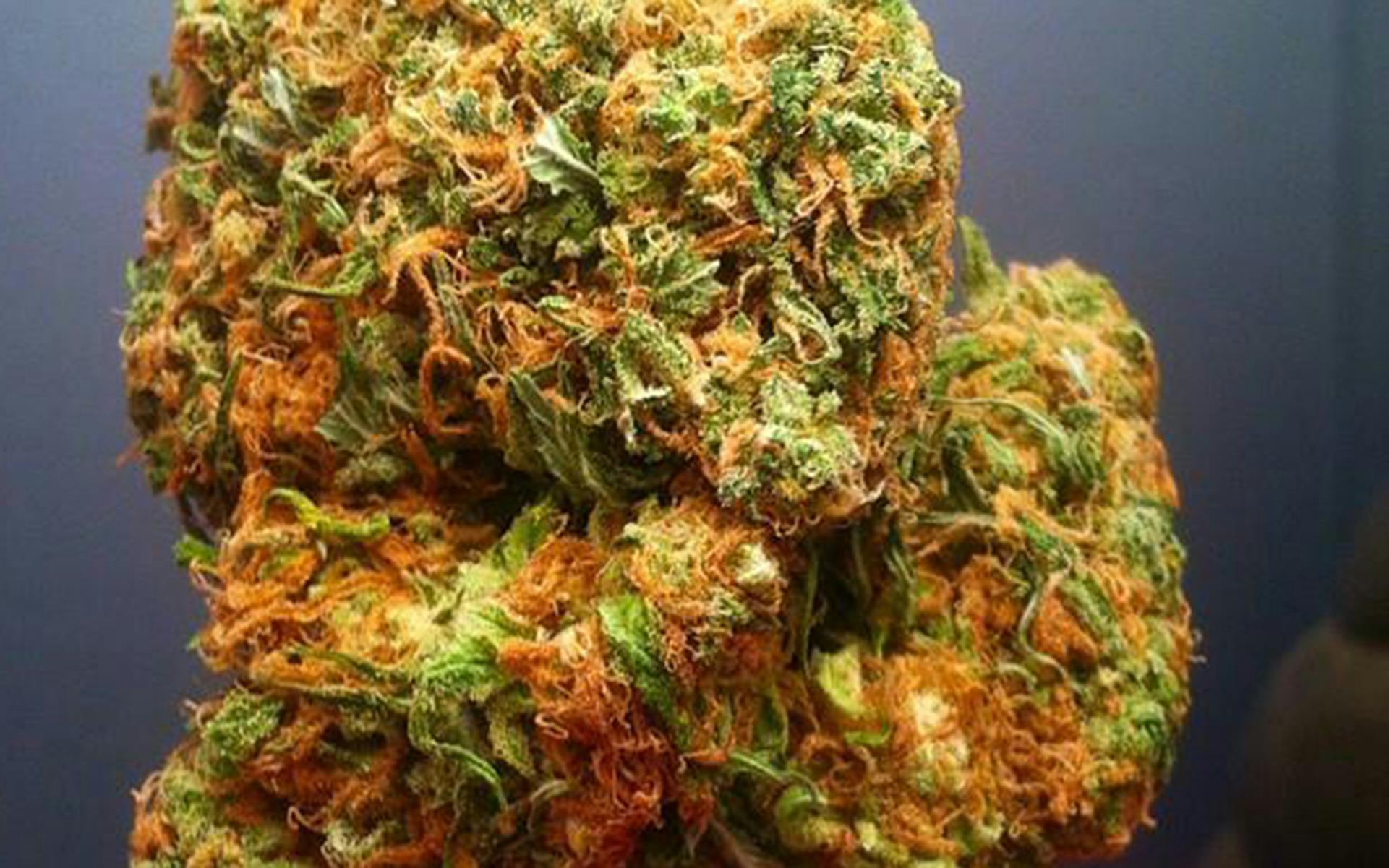Surfing is a lifestyle, like cannabis. There is a similarity in feeling, in the centering space, and in the rebirth. The release of endorphins from surfing appealed to the outlaw youth of the past, while today many look for longevity in life riding waves. There is a synergy in surfing and smoking kind bud, a serenity and a flow that makes them complimentary.
What is definitely known is that the aloha spirit of Hawaii is parallel to the easy-going euphoria from smoking herb.
Hawaiian surf culture has a relationship with smoking pakalolo (the Hawaiian word for cannabis, meaning paka for tobacco, and lōlō for numbing) that could be hundreds of years old, or possibly longer. The rudimentary beginnings of surfing in ancient Polynesia could be as early as 2000 BC. But in those days, it was mainly something children did for fun, catching a wave on a float of any size, maybe a dried coconut frond stem or a piece of wood. Researchers think the real obsession with surfing began as early as 1200 AD when both adults and children surfed in what became known as East Polynesia (Hawaii, the Marquesas, Tahiti, the Cook Islands, and New Zealand).Dreaming of Hawaii?But the passion, development in wave riding style, and board design that started in Hawaii are the elements that specifically make it the authentic birthplace of surfing. Practiced by both peasants and royalty, the addiction became fanatical, and the dominant recreational culture. Though early Hawaii reflected a caste system, surfing remained available for everyone and it stands today to be the most beloved and popular Hawaiian export to the world.
How Did Cannabis Reach the Islands?
The first surfers were Hawaiians, but what is still unknown is how long they’ve been smoking herb since no one is sure how or when it got to the islands. It remains to be proven if nature in the form of wind or a bird carried a seed over, or if the ancient Polynesians, who originally settled the islands, brought it with them, as they carried medicine and other plants on their outrigger canoes for the journey.
The ancient Polynesians (mostly Tahitians settled in Hawaii) were originally a culture which came from southeast Asia, so they could have been around cannabis at some point, whether it was hemp for practical resources or for medicine. The seeds could have been imports with Captain Cook in 1778, as his crew most likely carried cannabis with them on their travels. A lot of early Hawaiian mythology, art, and song do not include references to pakalolo, but it doesn’t necessarily mean it wasn’t growing on the island already. Stories also rumor that hippies in the 1960s brought seeds over to the islands from Mexico and Central America.
What is definitely known is that the aloha spirit of Hawaii is parallel to the easy-going euphoria from smoking herb. Most early Hawaiians who cultivated pakalolo named it after their growing regions (e.g. Kona Gold, Nāhiku Maui, today known as Maui Wowie (although, the origin story behind this strain name is still debated), Puna Buddaz, or Kaua’i Electric) and the families that had grows passed down their growing practices and the heirloom seeds generation after generation.
Find Kona Gold, Maui Wowie, Puna Buddaz, and Kaua’i Electic Nearby
They usually did not share any information with non-native people. Haoles (white people) have long been mistrusted on the island, and after all, they did stage a coup d’ tat over the last Hawaiian native monarchy which ultimately led to the islands’ annexation to the US. So, at the time, it was probably in their best interest to keep their secrets.
State to State: Hawaiian Culture and California Waves
By the 1950s, the surf scene in Hawaii had drifted to California and many surfers became aligned with the counter-culture movement that started up in 1964. The massive awakening hit mostly young people who were open and unafraid to learn their government was not working for the people or by the people as it sent young adults to kill in an unjustified war in Southeast Asia.

Cannabis use flourished in the 1960s, and though still illegal, people were smoking it all over America. California was the epicenter. With perfect grow conditions and great surf up and down the coast, a surfer could easily get primo smoke before hitting the waves. Laguna Beach surfers who were part of the LSD family, the Brotherhood of Eternal Love, sailed to Maui in 1970 and brought pot and seeds with them from Mexico. They stayed, shared their drugs, and became big-wave riders—as did many others who especially liked to surf Hawaii in the winters.
Artist Rick Griffin’s Surfer Magazine donning famous illustrations with pot leaves came out in 1967, and the image of the stoned surfer found its way into American pop culture.
Consuming and Surfing in the Black Market
Things blew up when fearless surfers started smuggling Thai stick from Southeast Asia. The price of marijuana was so inexpensive overseas that big money could be made getting it back to the states. Thai Stick: Surfers, Scammers, and the Untold Story of the Marijuana Trade, a book by historians Peter Maguire and Mike Ritter, details the crazy adventures of many surfer pot smugglers during this era. “Unlike the Hippie Trail pilgrims, surfers had clear goals and destinations. Big-wave surfing legend Owl Chapman described the distinction: “They were like me, I wasn’t like them,” he said. “I was a hippie, but I was a surfer first.”
Not only did surfing provide excellent cover, but in a few nervous days or hours, one could earn enough money to pay for years of surfing dreams.
The transition into the black market was not a stretch for the thrill seekers who had traditionally come from the margins of American society. Not only did surfing provide excellent cover, but in a few nervous days or hours, one could earn enough money to pay for years of surfing dreams.”
Surfing today is not as intertwined with pot smoking as it used to be. Unfortunately, many surf icons have been lost to drug abuse (mostly cocaine, meth-amphetamines, and heroin) and the consequences were deeply felt in the industry. The easy-does-it days of the past aren’t as common. It’s coincidence that surfing in the Olympics and cannabis legalization happened in the same time period.
There is an incredible shift in consciousness that takes place when the surfer gets up on the board and is pushed by a wave. The surfer is one with the energy of the ocean as they carve a wave or ride through the barrel. Though the feeling surfing and the feeling from smoking herb are incomparable, the surf culture in Hawaii is likely to be toking today. Step out of the water at Honolua Bay and reach any direction and you can still grab a joint.
Illustration by Julia Sumpter/jossdim/iStock







